Customer engagement automation: What it is and how to do it right
Published on August 26, 2025/Last edited on September 09, 2025/10 min read
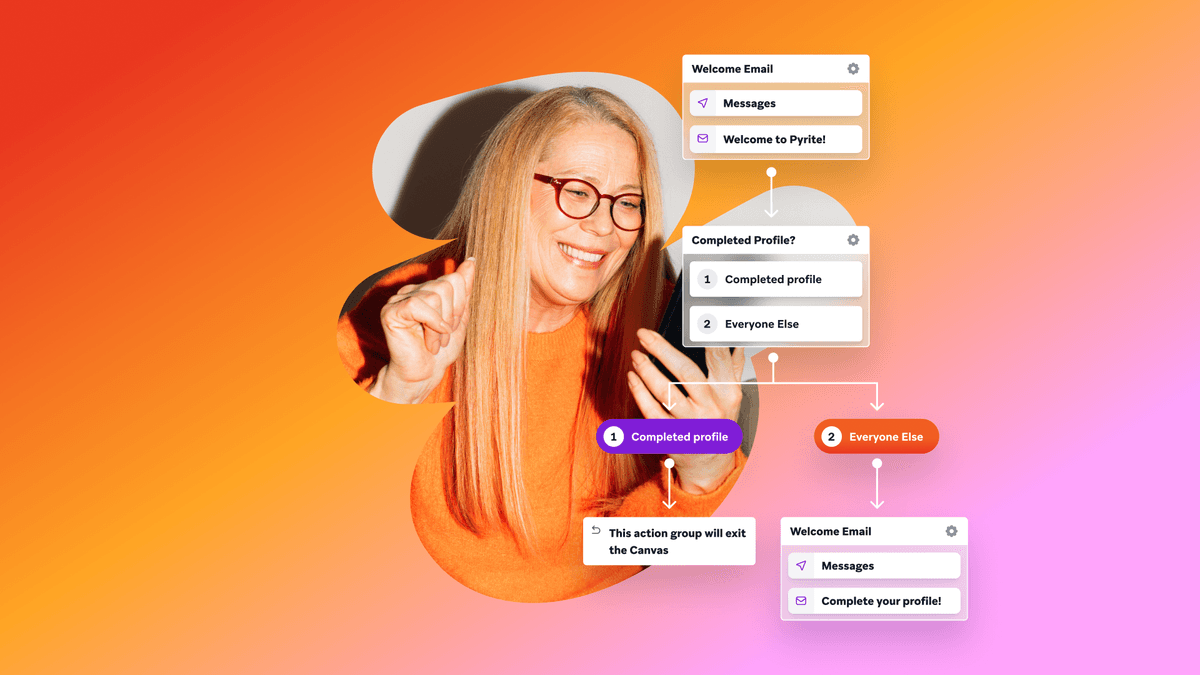
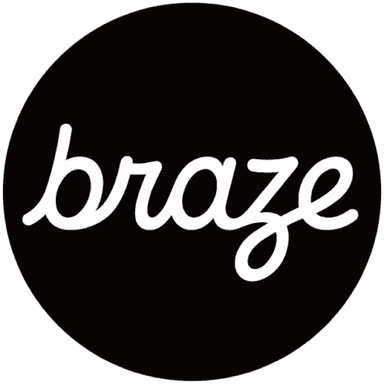
Team Braze
BrazeKeeping your customers engaged shouldn’t mean manually building every campaign or stretching your team thin. With the right automation in place, you can connect with customers in meaningful, relevant ways—at scale, in real time, and across the channels they use.
In this guide, we’ll break down what customer engagement automation really means, why it matters more than ever, and how to put it into action. From personalized onboarding flows to proactive support and win-back campaigns, we’ll show how leading brands use automation to drive retention, reduce churn, and build stronger customer relationships that last.
Contents
- What is customer engagement automation?
- Why customer engagement automation matters for growth
- The benefits of automated customer engagement across the lifecycle
- How to implement customer engagement automation step by step
- Quick-win campaign ideas to increase engagement with automation
- foodora feeds growth with automated engagement that scales
- What to look for in an automated customer engagement platform
- Final thoughts on customer engagement automation
- FAQs about customer engagement automation
What is customer engagement automation?
Customer engagement automation is the use of data, rules, and technology to automatically deliver personalized messages, journeys, and experiences to customers.
Customer engagement automation allows brands to react to real-time behavior, preferences, and lifecycle stages. Whether it’s welcoming a new user with a dynamically-tailored onboarding flow, nudging a loyal customer with a timely offer, or reaching out before churn happens, automated engagement keeps your brand close without overwhelming your team.
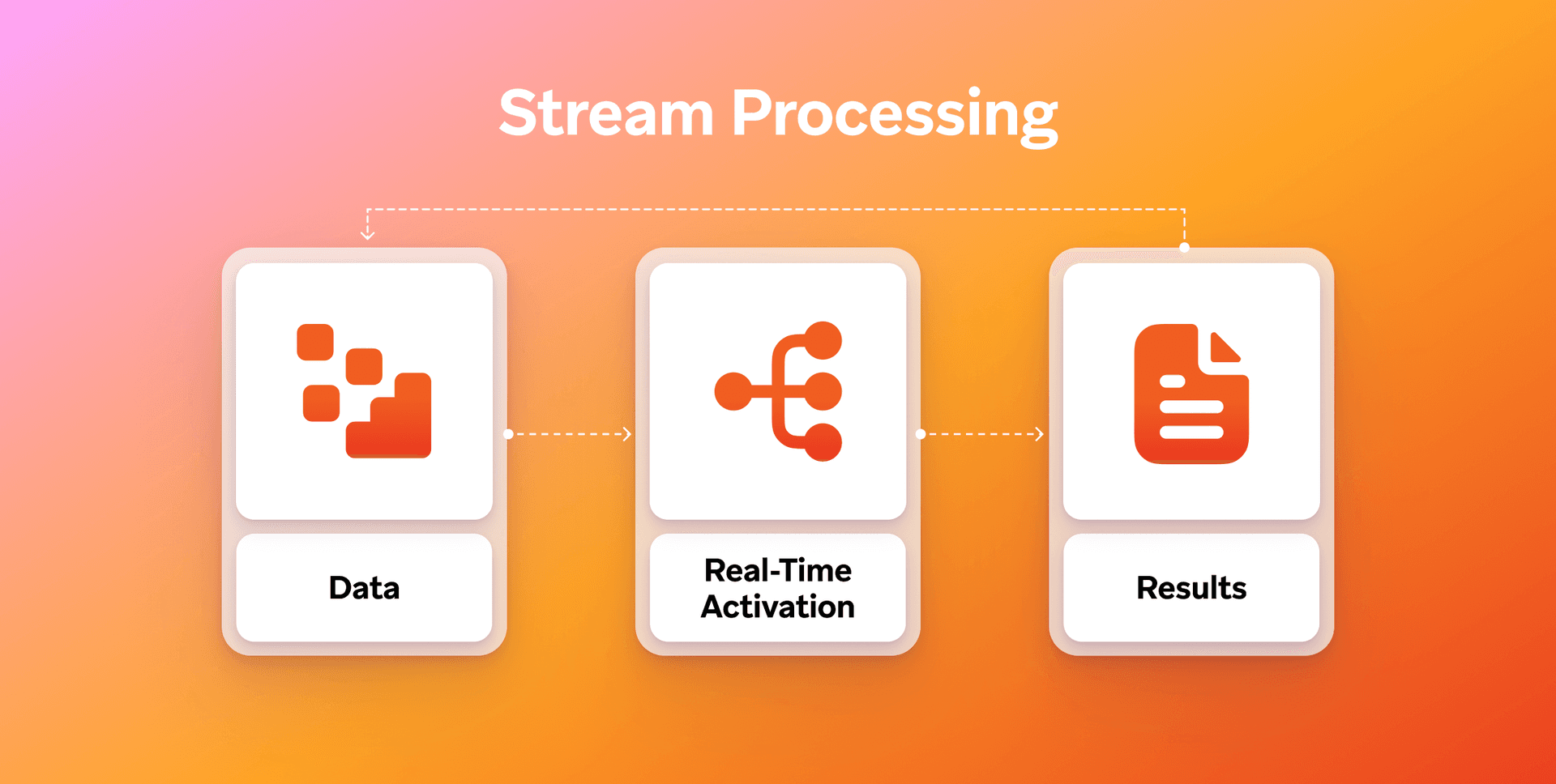
Unlike batch-and-blast campaigns, these interactions are responsive, relevant, and orchestrated across multiple channels, giving better value for your customers, and having more impact for your business.
Why customer engagement automation matters for growth
Customer expectations are higher than ever. People want speed, personalization, and consistency across their interactions, and they’re quick to disengage when brands fall short. That’s why customer engagement automation has become essential.
By automating touchpoints across the customer lifecycle, brands can:
- Enhance personalization: Deliver tailored messages and offers based on individual customer behavior and preferences, ensuring that each interaction feels relevant and meaningful.
- Increase efficiency: Streamline marketing processes by automating repetitive tasks, allowing teams to focus on strategy and creative initiatives rather than manual execution.
- Improve responsiveness: Quickly respond to customer inquiries and actions in real-time, ensuring that customers receive timely support and information, which can significantly enhance their overall experience.
- Drive consistency: Maintain a cohesive brand voice and messaging across channels, ensuring that customers receive a unified experience regardless of how they interact with the brand.
- Boost retention and loyalty: Foster stronger relationships with customers by engaging them at critical moments, ultimately leading to higher retention rates and increased customer loyalty over time.
The benefits of automated customer engagement across the lifecycle
Customer engagement automation gives teams the ability to act quickly and contextually—without relying on manual execution. It brings structure to complex journeys, makes personalization scalable, and helps brands respond to behavior in real time.
Let’s break down the benefits by key use cases and outcomes.
Personalization at scale
When you combine real-time customer data with automation, it becomes easier to deliver relevant, personalized experiences at scale. Instead of relying on broad segments or manual outreach, you can trigger dynamic messages that reflect each individual’s behavior, preferences, and context—whether they’re opening your app for the first time or coming back after a break.
Use case: A new customer signs up but hasn’t taken a key action—like placing an order, completing setup, or adding preferences.
Automation: Trigger a personalized message based on their last interaction, nudging them to the next step in the journey. This might include an in-app tip, push notification, or targeted email sequence.
Outcome: Improved activation rates, shorter time-to-value, and a stronger foundation for long-term retention.
Cross-channel consistency and speed
Today’s customers switch between email, apps, web, and messaging without thinking twice. Automation helps you keep up. By coordinating touchpoints across channels, you can deliver timely, cohesive experiences—like a welcome email followed by an in-app message or a loyalty reward sent by SMS. With tools that support real-time journey orchestration, those interactions can feel seamless, not scattered.
Use case: A customer interacts across email, app, and web but receives disjointed or repetitive messaging.
Automation: Coordinate messaging across channels using real-time journey orchestration, so each interaction builds on the last. For example, an email offer can be followed by an in-app reminder or SMS prompt—dynamically adapting based on engagement.
Outcome: A more cohesive customer experience that increases response rates and avoids fatigue.
Reduced churn, increased loyalty
Automated engagement makes it easier to spot early signals of disengagement—missed sessions, cart abandonment, dips in usage—and respond in time. Whether that means sending a reminder, offering a discount, or nudging them toward a next best action, automation helps you proactively retain more customers and build stronger, longer-lasting relationships.
Use case: A regular user stops engaging: Fewer logins, no recent purchases, or skipped sessions.
Automation: Use behavioral triggers and predictive scores to identify signs of disengagement, then send a targeted message—such as a reactivation offer, helpful content, or reminder—before they disappear.
Outcome: Reduced churn and higher customer lifetime value through timely, relevant outreach.
How to implement customer engagement automation step by step
Effective customer engagement automation starts with clear goals, a good understanding of your customer journeys, and the right data to power timely, relevant messages. Here’s how to lay the groundwork and build automated experiences that make an impact.
Define your goals by lifecycle stage
Start by identifying what you want to improve. Are you losing potential customers before they take action? Seeing drop-off after the first use? Mapping goals to each stage of the customer lifecycle—awareness, acquisition, onboarding, engagement, and retention—helps you focus your automation efforts where they’ll have the most impact. Prioritize one or two key stages to begin, then expand as you build out more journeys.
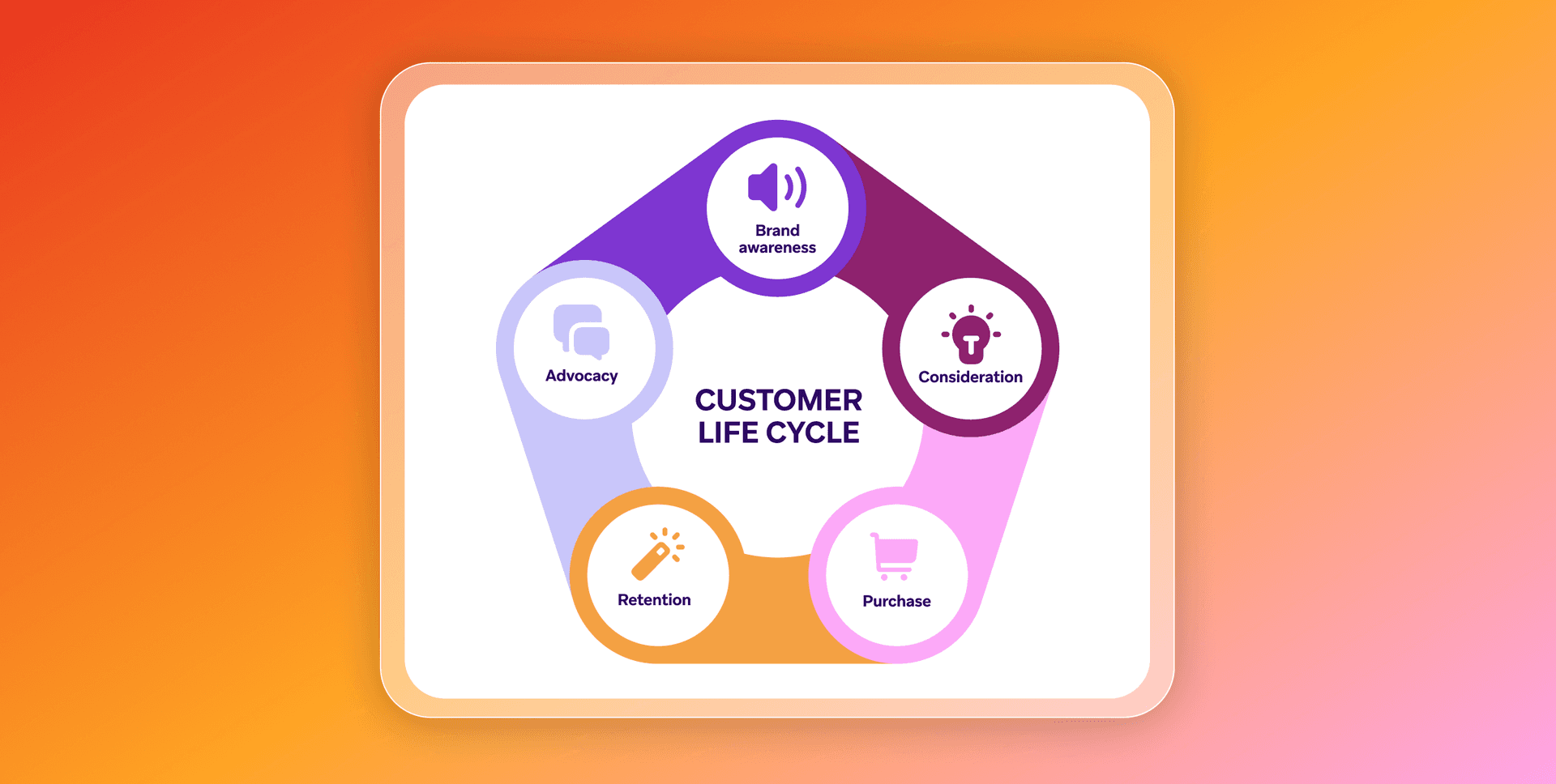
Map journeys and identify touchpoints
Once you know what you want to achieve, outline the key steps in your customer journey. Where do users drop off? Where are the moments that matter most? These are the opportunities where automation can step in—welcoming new signups, nudging users after inactivity, or prompting reviews after a positive experience.
Set up triggers and start small
Use behavior- or action-based triggers to deliver messages when they’re most relevant. That could mean sending a push notification if someone abandons their cart or an email after three days of inactivity. Don’t try to automate everything at once. Start with one journey, test it, and expand from there.
Test, measure, and scale
The best automation isn’t static. Use testing and reporting tools to experiment with message timing, content, and channels. Track engagement, conversions, and retention. Once a journey is performing well, scale it—then move on to the next high-impact opportunity.
Quick-win campaign ideas to increase engagement with automation
Once your data and journeys are in place, automation opens the door to targeted, scalable campaigns that respond to real user behavior. Here are five proven tactics that brands can launch quickly to boost engagement across key moments in the lifecycle.
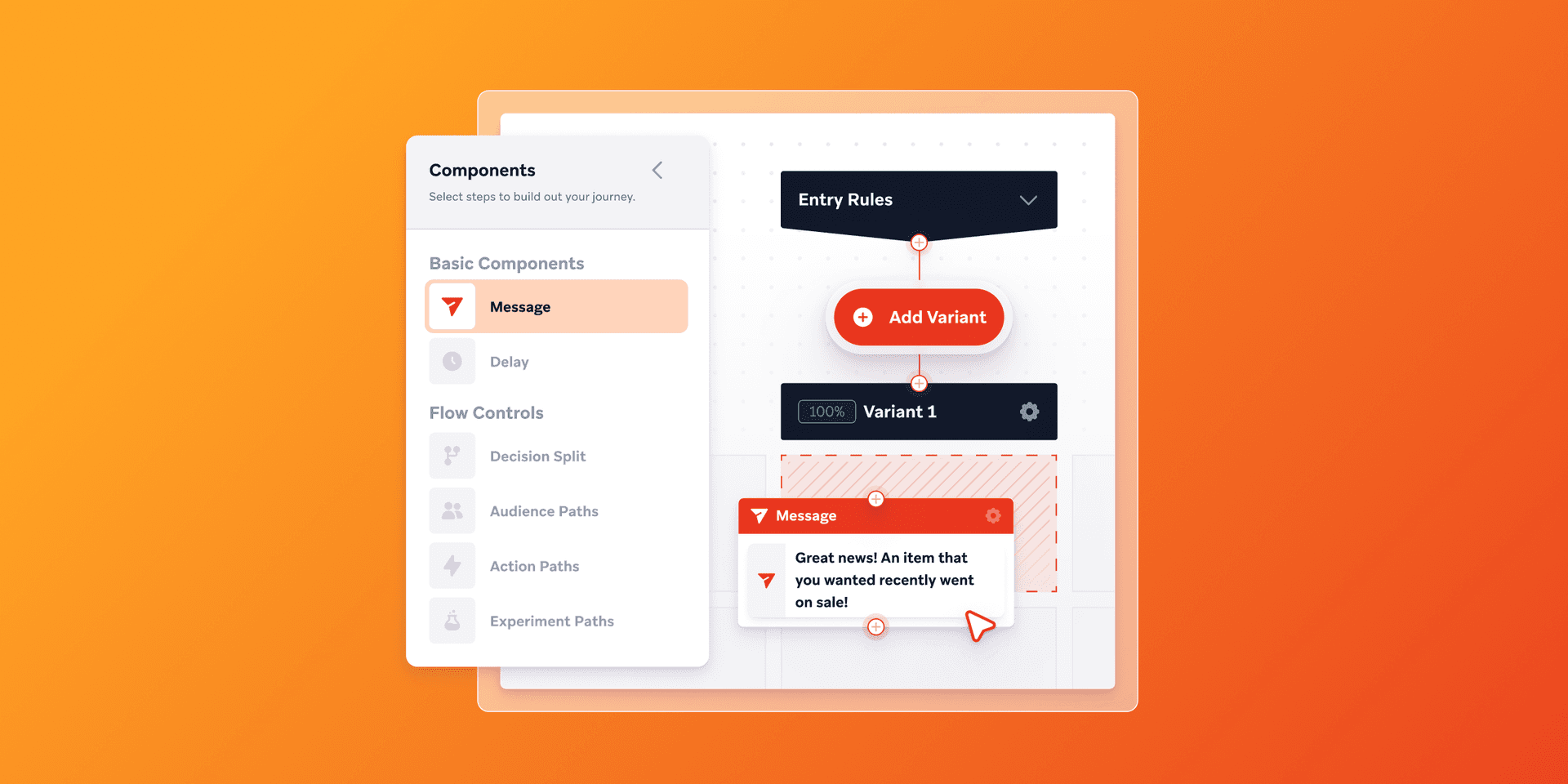
Welcome journey with real-time behavioral branching
Trigger: App install or first login
Channels: Email + in-app
Strategy: Send a welcome message right after sign-up, then branch based on first-session activity. If a user explores the app but doesn’t complete onboarding, follow up with a helpful tip or offer. If they stay inactive, try a reactivation push within 24 hours.
Test: Timing delays and CTA formats across channels to increase activation.
“Power user” reward sequence
Trigger: Reaching a usage milestone (e.g., 10 sessions in 30 days)
Channels: Push + in-app + email
Strategy: Identify highly engaged users and automatically trigger a thank-you message, loyalty reward, or early access offer. Reinforce good habits while priming users for upsell or referral prompts.
Test: Message type (exclusive offer vs. social share prompt) and timing relative to milestone.
Low-engagement nudge series
Trigger: No activity for 7+ days or churn risk score increase
Channels: Email + push
Strategy: Segment users showing signs of disengagement and send a tailored message—like a tip, offer, or quick-start guide. Personalize content based on their last known behavior or interest.
Test: Content type and subject line performance across different inactivity thresholds.
Category interest follow-ups
Trigger: Browsing or purchase behavior in a specific category
Channels: Email + push
Strategy: If a user browses or buys in one product or content category, trigger a follow-up message featuring related items, content, or upgrades. Use tags or events to auto-classify interests.
Test: Static vs. dynamic content blocks and follow-up timing window.
Plan downgrade prevention
Trigger: Downgrade intent signal (e.g., feature usage drop, pricing page view)
Channels: In-app + email
Strategy: If users show signs of dissatisfaction or downgrade consideration, trigger a message highlighting underused features, support resources, or a personalized retention offer.
Test: Offer type (discount, extension, concierge support) based on churn segment.
foodora feeds growth with automated engagement that scales
To see a brand increase customer engagement with automation, let’s look at how foodora used Braze to streamline cross-channel messaging, act on real-time data, and drive measurable results at scale.
The problem
With a presence across multiple markets, foodora needed a more efficient way to manage cross-channel customer engagement. Their team was spending up to an hour per campaign coordinating personalized messaging manually—limiting their ability to scale or react to customer behavior in real time.
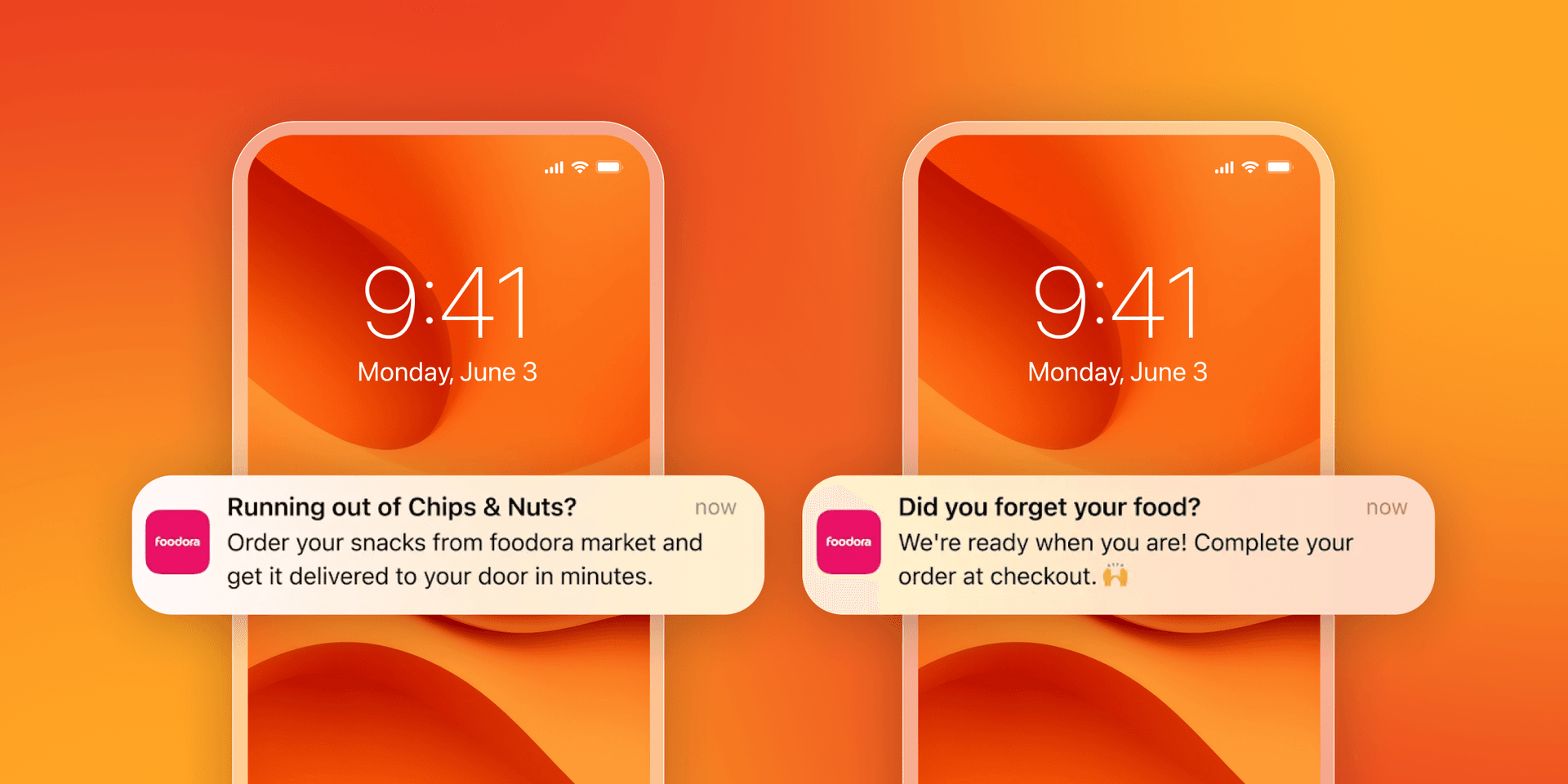
The solution
foodora implemented Braze alongside partner Segment to unify customer data and automate campaign delivery. By using Braze Canvas, they simplified multichannel orchestration—triggering personalized messages via email, in-app, and push notifications based on real-time actions like app installs.
This setup allowed foodora to test and launch campaigns faster while tailoring them to local market needs. With customer data flowing seamlessly between systems and automation handling delivery, their team could focus on optimizing strategy rather than managing execution.
The results
- Campaign execution time dropped from one hour to just three minutes using Braze Canvas
- 41% conversion rate on a campaign triggered by app install
- 26% reduction in unsubscribe rate after refining message timing
foodora’s results show how customer engagement automation—powered by real-time data—can help teams move faster, personalize at scale, and improve performance across multiple channels.
What to look for in an automated customer engagement platform
A strong automated customer engagement platform supports personalized, data-driven engagement across each channel—not just task automation. When evaluating your options, these are the capabilities to focus on.
Smart segmentation and real-time triggers
Look for platforms that let you build dynamic audiences based on real-time behavior, preferences, location, and more. These capabilities make it easier to respond in the moment.
Cross-channel journey orchestration tools
A strong platform should help you manage and automate customer journeys across email, push, SMS, in-app, and beyond—all from a single interface. With cross-channel journey orchestration, you can design coordinated experiences that adapt to user behavior and channel preferences.
Personalization powered by first-party data and AI
Modern platforms make it easy to tap into first-party data to personalize content, timing, and delivery. Look for those that offer AI marketing automation, with AI-driven capabilities to optimize message selection, predict the best channel for each user, power recommendations, and more.
Built-in testing, reporting, and optimization
You need visibility into what’s working, and what’s not. Platforms should offer robust testing tools, real-time reporting, and the flexibility to iterate quickly. This helps you move fast without guessing, and continuously improve campaign performance across lifecycle stages.
Final thoughts on customer engagement automation
Customer engagement automation helps teams move faster, stay consistent, and respond to customer needs with more precision. It brings structure to complexity—making it easier to deliver thoughtful experiences without scaling effort.
With the right platform, automation becomes a long-term advantage. It gives marketers the flexibility to adapt, the tools to experiment, and the insight to improve with each message.
FAQs about customer engagement automation
Customer engagement automation is the use of technology like Braze to automate personalized, timely messages and experiences to customers based on their behavior, preferences, and lifecycle stage—without manual effort.
Marketing automation typically refers to campaigns and workflows, with customer engagement automation is about reacting to real-time customer behavior across multiple channels, including in-app, push, SMS, and more.
Examples of customer engagement automation include onboarding flows triggered by sign-up, re-engagement emails based on inactivity, upgrade prompts based on usage milestones, and proactive support messages through in-app chat or email.
Automation helps improve customer engagement by delivering relevant messages at key moments, reducing delays, scaling communication across channels, and personalizing each interaction using first-party data.
Look for features like real-time data and segmentation, cross-channel journey orchestration, AI personalization, built-in testing, and reporting. A platform should also support increasing customer engagement across the entire lifecycle.
Customer engagement technology refers to a suite of tools and platforms designed to facilitate and enhance interactions between businesses and their customers. These technologies enable organizations to communicate effectively, understand customer needs, and foster meaningful relationships throughout the customer journey.
Related Tags
Be Absolutely Engaging.™
Sign up for regular updates from Braze.
Related Content
View the Blog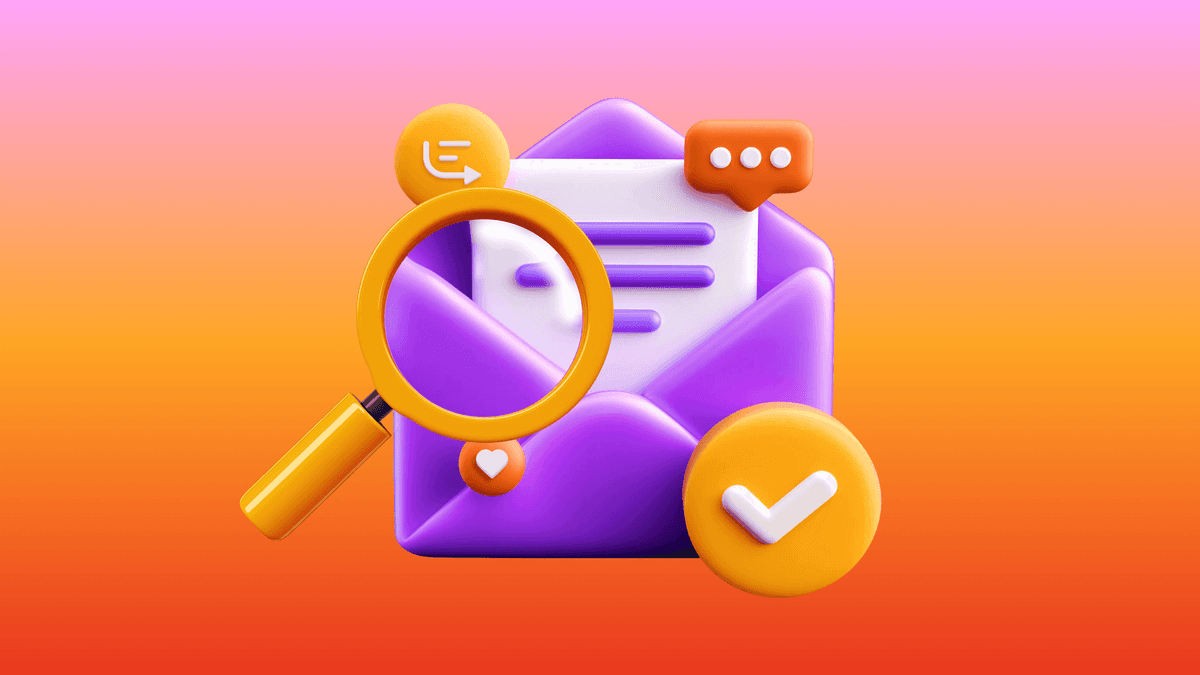
The new inbox reality: How iOS changes are reshaping email marketing

Aparna Prasad
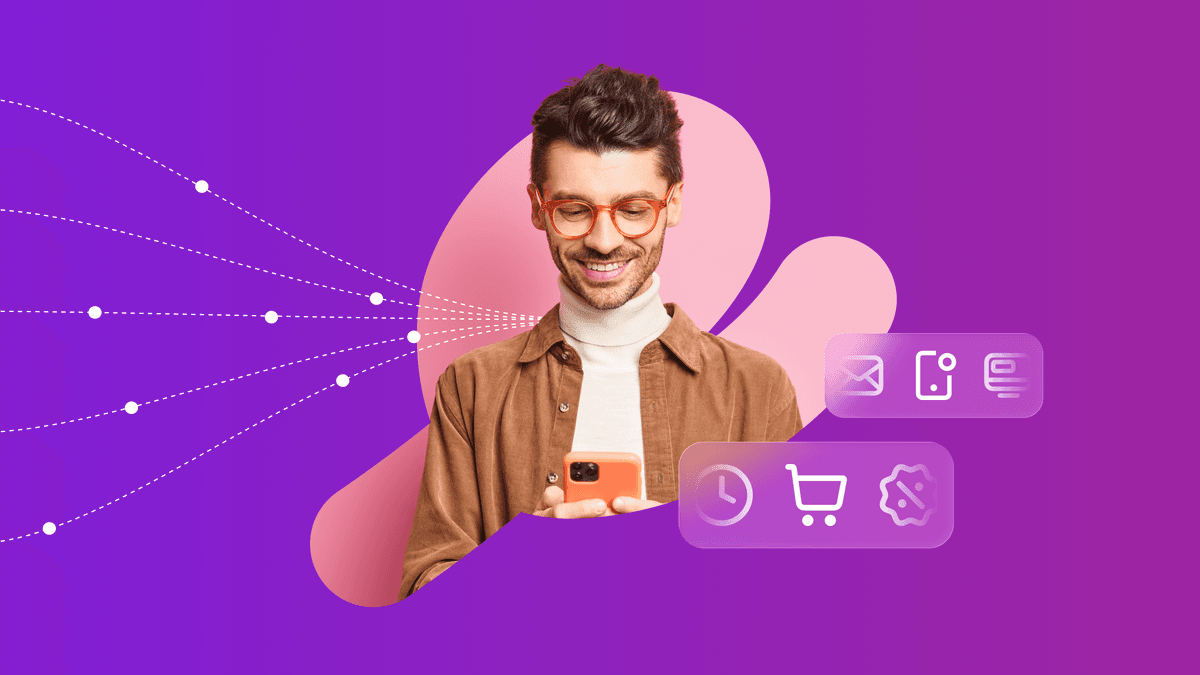
Experience optimization: Turning data insights into better journeys

Team Braze
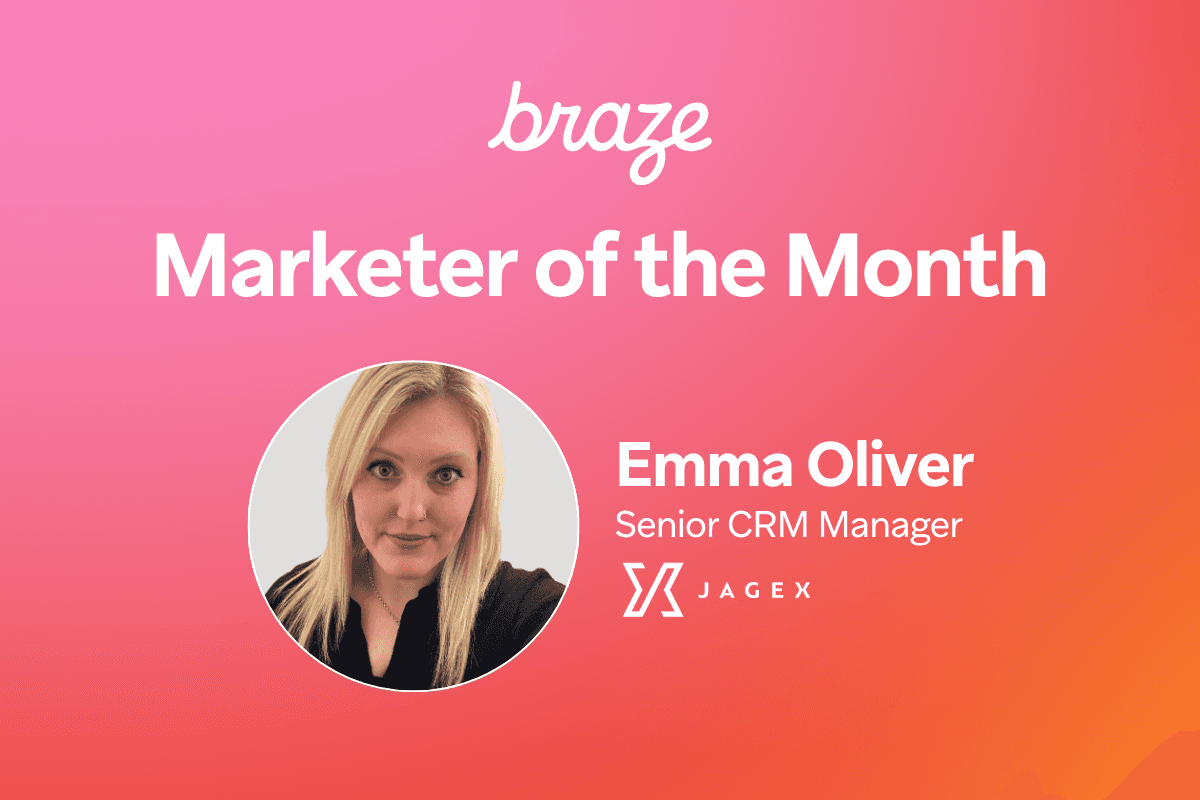
December 2025 Bonfire Marketer of the Month: Jagex’s Emma Oliver
